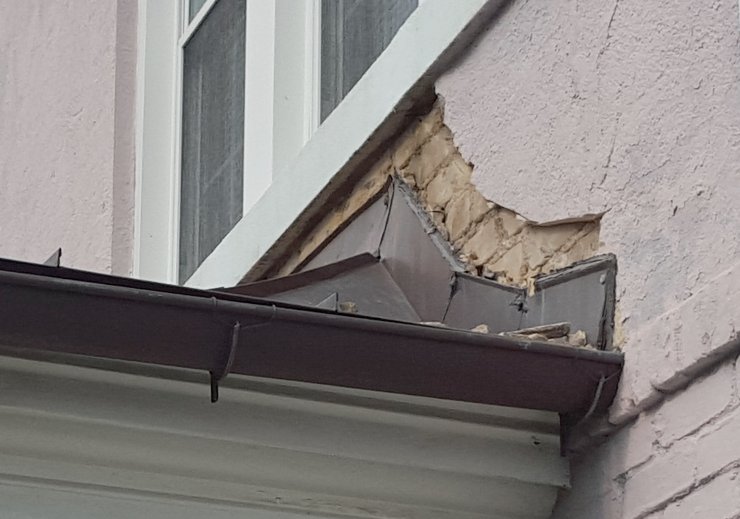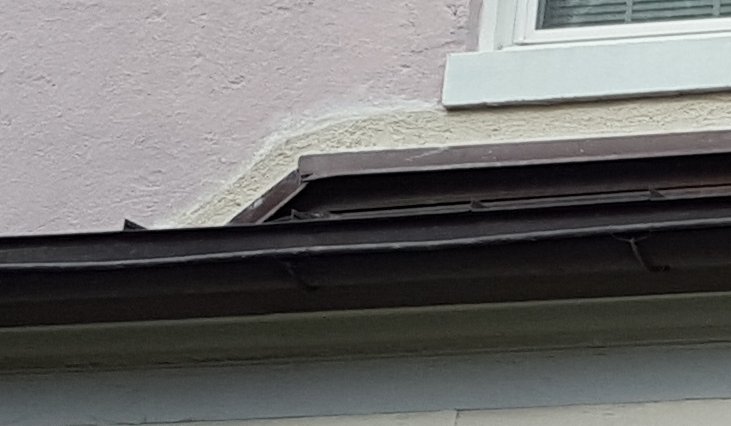Flashing a bay window
Reggie (a.k.a Swami Stucco)
I have a stucco home that I am remodeling. I would like to replace two of my 6ft wide x 4ft high flat windows with bay windows. These windows would be supported with corbels below and anchored cable above. I have a roof eave about 2 ft above this window, but will still build a roof for the bay window and use asphalt shingles to match the rest of the house. The process is shown in this video. http://www.ronhazelton.com/projects/how_to_install_a_bay_window
My question is how do I do the roof flashing for the roof against the stucco wall? I have perused your web site and my guide would be to tear out all of the stucco that will be behind the roof plus 3 inches above, put the flashing underneath the building wrap, and patch stucco around the window. I would still need to see a sketch of the detail from you. I was hoping that the eave above would offer enough protection for the window and I could simply build the roof against the stucco, but I don't think this easy way out will work. The wall above the bay window roof will get wet with rain, and it will run down behind the roof and onto the top of the roof - unless there was a way to channel the water in the same way you would a flat window. I appreciate your help. Laura
This metal roof on a bay window was leaking like crazy. This flange would have been OK without the need for an additional flashing, except they put it OVER the stucco instead of UNDER the stucco.

We cut the stucco off the the brick above the flange on the metal roof, to allow for putting on a new counter flashing.

Putting on a new flashing over the flasnge is like building a roof over the flange.
Our new flashing is put on tight to the brick and sealed with some black goo. The stucco is patched back. Now, any water that penetrates the stucco should run down, hit the flashing and exit out the front.
Our typical stucco stop flashing. The flashing doesn't have to be this fancy. The important thing is that it covers the top of the flashing.
The procedure should be the same for putting on a new bay window. The stucco should be cut off at the top and the new flashing put on the substrate whether it is plywood, or what ever. The stucco should be cut off the sides also, so the bay window can be bolted (naied directly into the wood, instead of through the stucco. The gap at the side can be covered with wood trim.